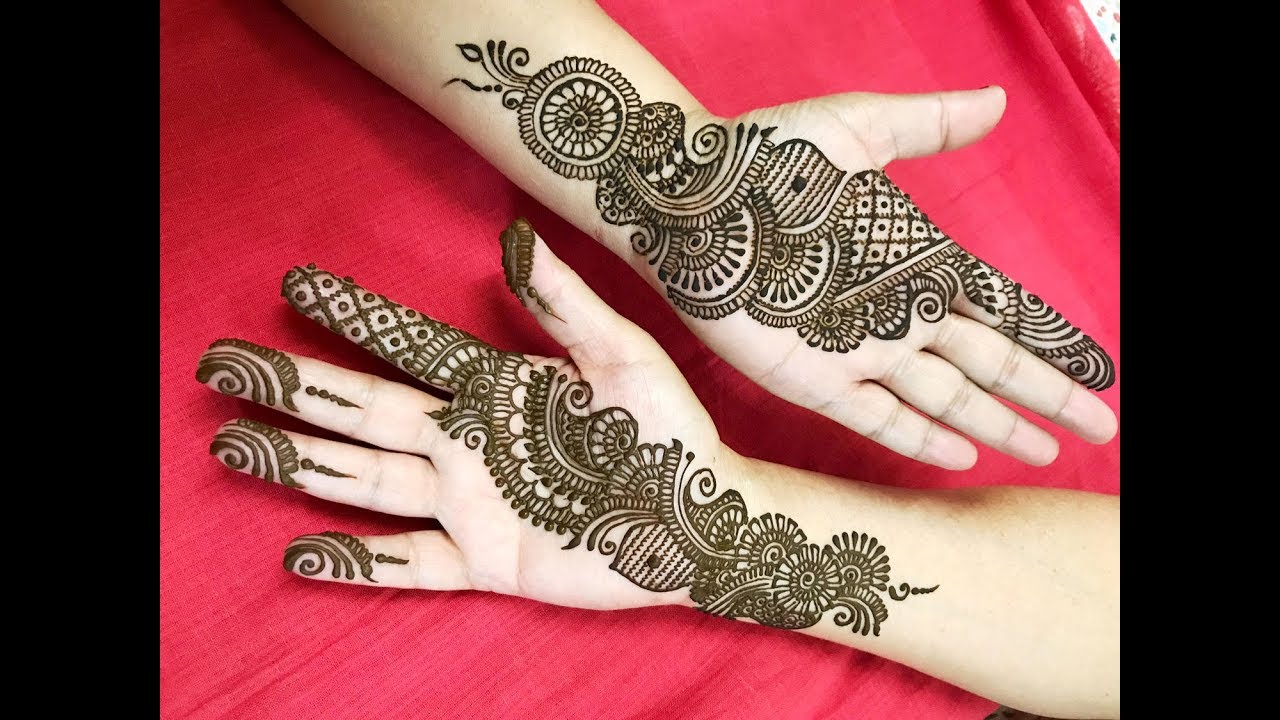Mehendi Designs For Hand

Mehendi is the local name for henna designs in the Indian subcontinent, since the idea of using henna to decorate the hands originated in Arabia.
Historical use of Mehendi:
A detailed study of history reveals that henna was used in the Arab world for more than five thousand years. Women not only used henna to decorate their hands and feet with intricate designs, but also used it to protect themselves from evil, bring good luck and prosperity to their homes.
There is a controversy about the origin of henna or mehendi as a coloring agent. The botanist believes that the henna or Lawsonia Inermis plant originated in Egypt and was used in the mummification of the pharaohs. Henna was used to dye the hair and nails of dead pharaohs and it was believed that this would bring them good fortune in their next life. Evidence shows that henna was transmitted to India by Egypt as early as 700 A.D. and it was used to decorate hands and feet. Henna was also used medicinally and to dye the hair, clothing, leather and horsehair of horses and skins of other animals.
Did you know that henna was used as a hair dye for almost 6,000 years? The daughters of the pharaohs used henna to dye their hair red. It is said that opera singer Adelina Patti popularized the use of henna as a hair dye in Europe in 1800. You can also apply time-tested henna paste to your hair instead of hair colors that contain ammonia. Separate the strands of hair and apply the paste with a brush while standing in front of the mirror. Make sure you don’t miss a single strand of hair. This will give you the desired color and at the same time leave your velvety hair soft.
Muslim tradition and religion make the use of henna mandatory. The Sunnah (tradition of the Prophet Muhammad) and Hadith (narration of the prophet) allows both men and women to use henna. Men use it to dye their hair and beard red. Women use henna to paint fingernails and toenails in red. Henna in Muslim culture represents femininity. Mehendi ends during a joyful celebration like Eid, when the family gathers for a party. The use of henna is prohibited during mourning in Islamic religious literature. In fact, the whole idea of mehendi originated in Arab countries dominated by Muslims and was gradually transmitted to other cultures. The arrival of Islam to India popularized henna culture among other communities and also revived the use of henna that was popular in the Vedic times with a new taste!
